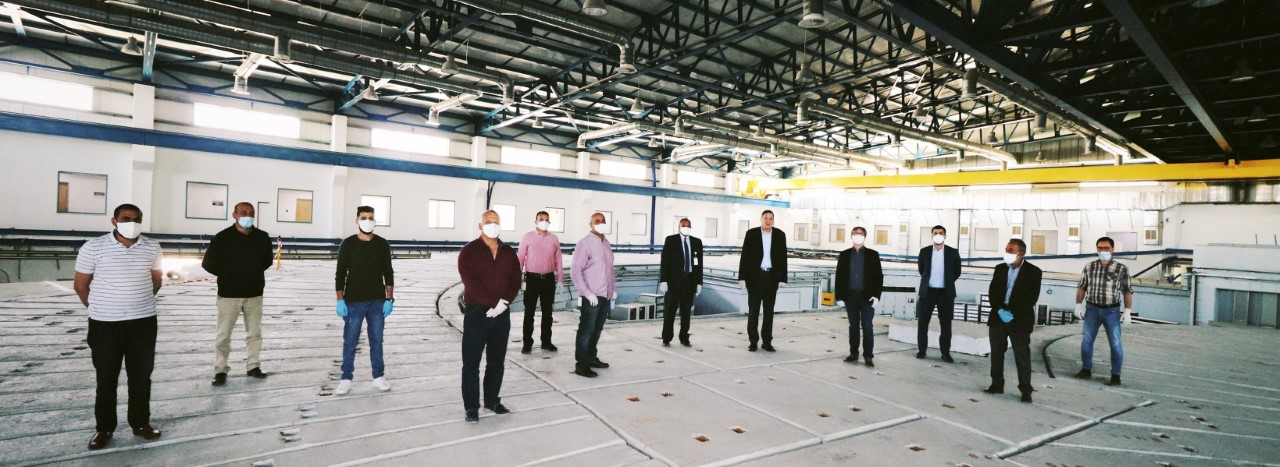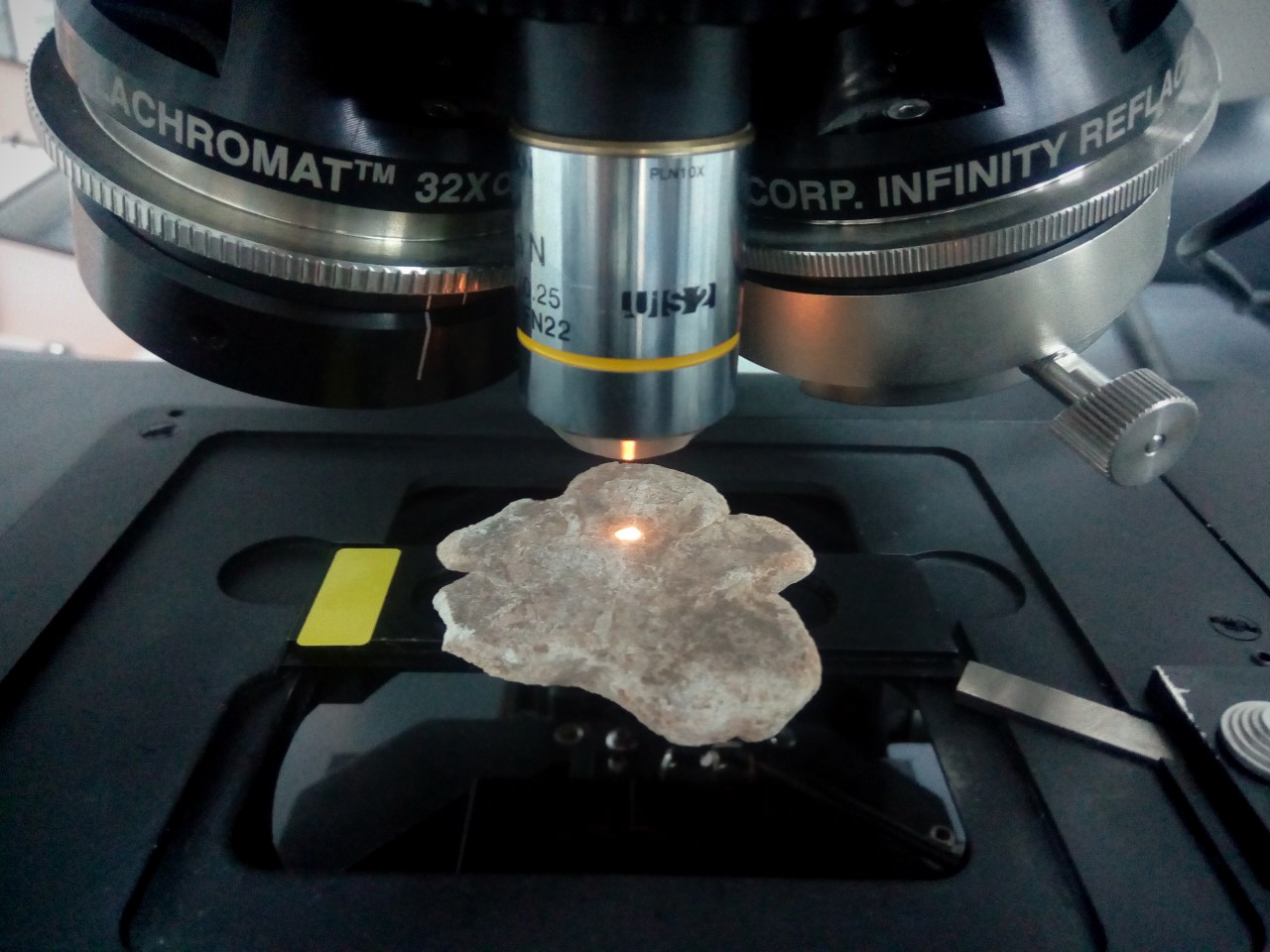After more than one month, SESAME’s gates re-opened following a relaxation of movement within the same governorate authorized by the Government of Jordan. 0n 30th April 2020, those staff members living in Al Balqa Governorate, which is that where SESAME is located, have therefore been allowed access to the premises and have started to resume their activities on site. Safety instructions for those doing this have been issued by SESAME’s Safety Officer, Adli Hamad.


However, movement between governorates remains forbidden, with the result that Adli and many others are still working from home.
Dedicated to powder diffraction, MS is the third and most recent addition to the SESAME suite of beamlines. It received the first light in its experimental station on 23rd December 2019 following which Adli and his team carried out intensive and full radiation measurements around the beamline’s front end and hutches.
Now, while their laboratories remain closed during the COVID-19 lockdown, scientists from SESAME, ALBA and Diamond are together revising from home the preliminary shielding design prepared by Mahmoud Abdellatief the Materials Science (MS) Beamline Scientist.
Mahmoud’s current contribution to this is the analytical and FLUKA simulation for gas bremsstrahlung shielding for the MS front end and optics enclosures, as well as the radiation ray tracing which had been revised by Arnaud Devienne, who is a former member of the Radiation Protection Service at ALBA in Spain. Hossein Khosroabadi (formerly at SESAME and now at the Diamond Light Source in the UK) is reviewing the previous analysis of the shielding of the MS experimental station that had been performed with the STAC8 code. SESAME’s radiation safety physicist, Iyad Zahran, is simulating with FLUKA the shielding wall connecting the front end and the optics hutch with the support of María José García, Radiation Protection Officer at ALBA, who has also provided expertise in radiation ray tracing.
A scientific article resulting from the fruitful collaboration between ALBA, Diamond and SESAME is in the final stage of preparation.

"The bad news is: time flies, the good news is: you are the pilot." With such an inspirational proverb, the Infrared spectromicroscopy (IR) Beamline Scientist, Gihan Kamel, spends the quarantine days working with beamline users on different projects in parallel. "In the pile, there were many puzzles on cultural heritage impatiently waiting to be solved but there was no time - now we have this."
The first project has been tackling what the Nabataean civilization has left us now that we are more than 2,000 years later. This is, of course, Petra, the lost city and one of UNESCO’s World Heritage Sites in Jordan. "With a splendid heritage of painted and gilded architectural wall fragments, our research focuses on the non-destructive characterization of original painting technology and its altered materials." The findings will help appropriate and informed conservation decisions to be taken and will make it possible to sustain their historical value.
"With enormous passion, and long days of curfew, it became possible to speed up the data analysis that is soon to be submitted for publication by the international research team working on the project from Jordan and Germany, together with SESAME" said Gihan.
Our next adventure is a fascinating Egyptian mummy... Stay tuned

